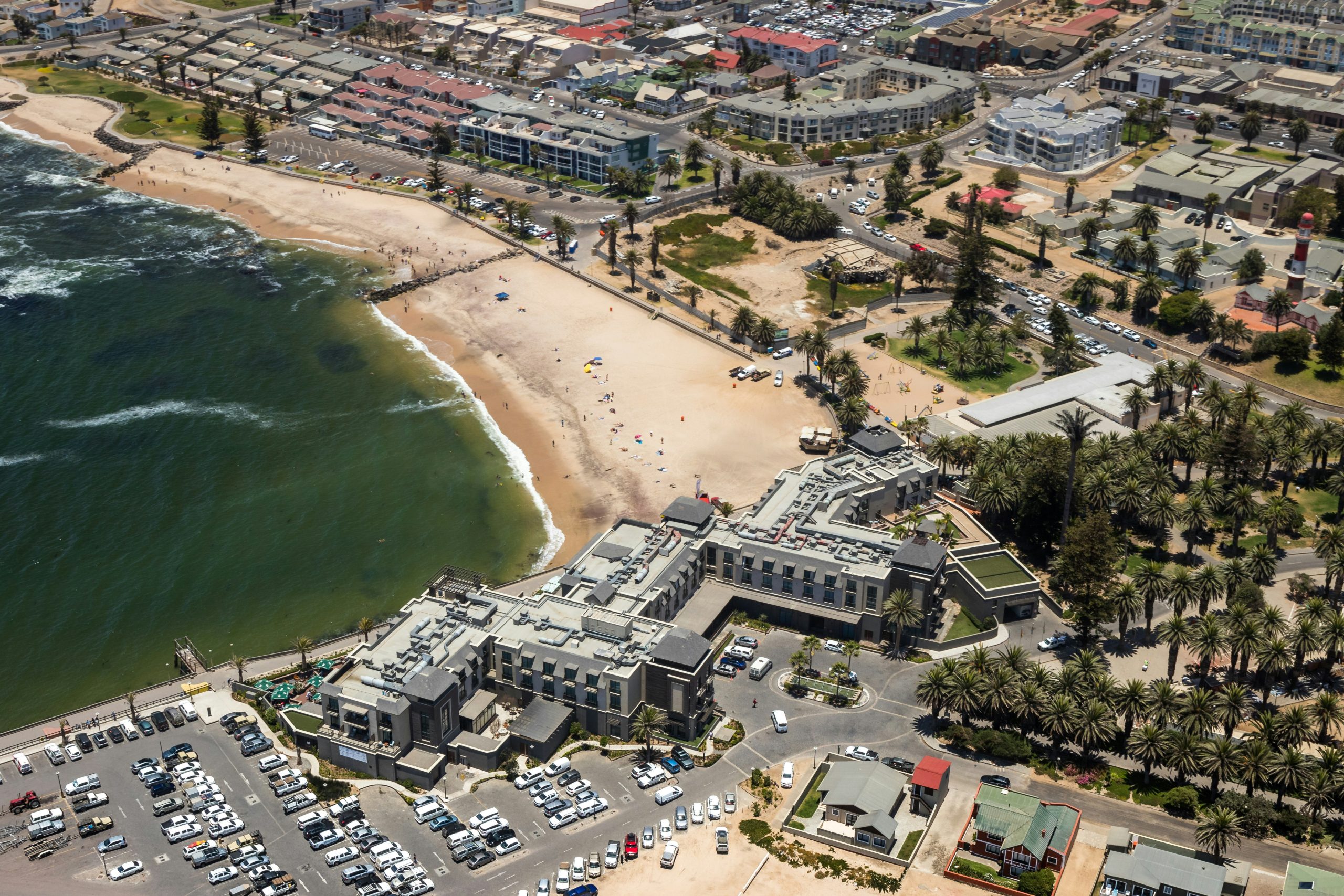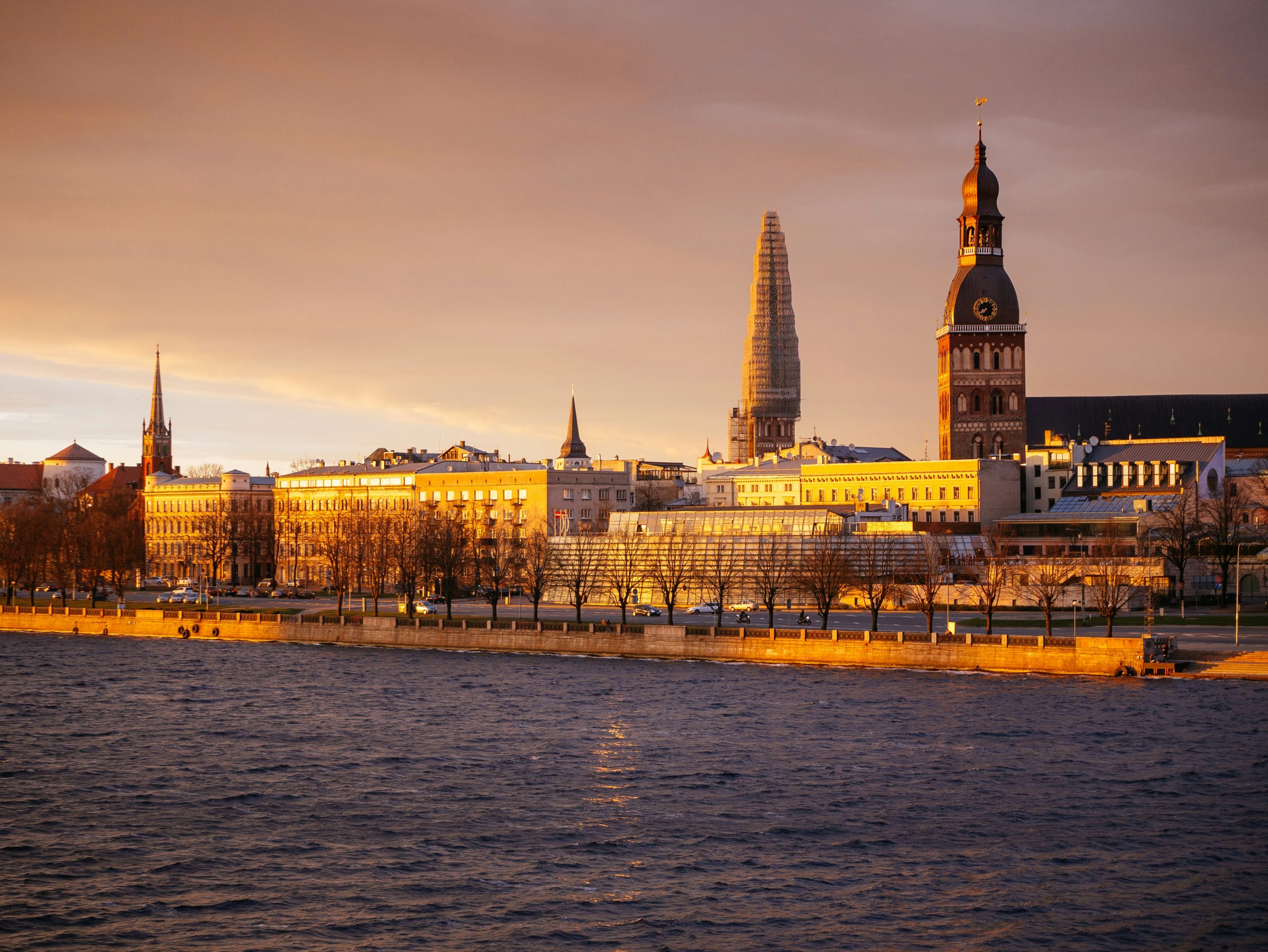Namibia Gears Up to Become Major Regional Power Producer

To ease reliance on electricity imports, Namibia has made substantial strides in ramping up its power network in recent years. The country derives the majority of its domestic power generation from the 120 MW coal-fired Van Eck Power Station in Windhoek, as well as the diesel-powered Paratus and Anixas Power Stations and Ombuvu Photovoltaic (PV) Power Station. Major developments in Namibia’s power distribution sector are poised to shift the country toward energy self-sufficiency by the end of the decade, while off taking potential excess to its regional neighbours.
With the government committed to improving electricity generation, transmission and distribution infrastructure to raise electrification rates, particularly in rural areas, Namibia’s stable investment environment, coupled with progressive reforms aimed at attracting Independent Power Producers, will be a key focus area of this year’s Namibia International Energy Conference (NIEC).
Taking place in Windhoek on April 23-25, the event will unite government officials, private companies, investors and thought leaders from across the globe to unlock the full potential of the country’s energy resources and participate in energy master planning.
Minimizing Reliance on Imported Electricity
Namibia currently imports between 50-60% of its annual power consumption from the Southern African Power Pool (SAPP), with 40% of those imports coming directly from South Africa’s power utility Eskom. As such, large-scale power generation projects and greater private sector participation will be key to meeting Namibia’s power demand and reducing electricity imports.
With electricity demand projected to reach 1,348 MW by 2030, the country’s national utility NamPower is committed to achieving energy self-sufficiency through new installed generation capacity from a variety of sources. The Kudu gas-to-power project, which is currently in its permitting stage, is set to produce 475 MW of combined-cycle power by 2026.
By 2028, the Baynes hydroelectric station is expected to generate 600 MW of power, which will be split evenly between Namibia and Angola. Meanwhile, Hyphen Hydrogen Energy signed a feasibility and implementation agreement with Namibia’s government in May 2023 for its $10-billion green hydrogen project, which will create 1.5-2 TWh of electricity annually by 2030.
Under the banner of the Namibia Renewable Energy Scale-Up Support Project, NamPower recently launched a tender inviting consultants to provide development, environment and advisory services for renewable energy projects. The tender has resulted in Solarcentury Africa and local renewable energy firm SolNam Energy securing a license from Namibia’s Electricity Control Board last February to build a 60 MWp solar project in the country.
Distributing New Capacity
Namibia’s national transmission grid is owned and operated by NamPower, which has conducted feasibility studies on new transmission projects including the ZIZABONA Connector Project while leading the development of the Caprivi Link Interconnector and 400 kV Auas-Gerus Transmission Line projects.
The Caprivi Link connects the north-eastern and central parts of the country through a 350 kV, 300 MW transmission system linking the Zambezi converter station in the Caprivi Region to the Gerus converter station, near the city of Otjiwarongo.
Last December, the environmental and social assessment for the proposed Auas-Gerus Transmission Line was submitted, which will link the Kokerboom substation near the town of Keetmanshoop to the Auas substation near the settlement of Dordabis through a 287 km, 400 kV power line.
These large-scale transmission projects will allow Namibia to better distribute generation capacity to partners across southern Africa, while allowing for more efficient power trading across the SAPP.
Sustainably Powering Namibia’s Future
Renewable energy resources, such as solar PV and wind, are also set to diversify Namibia’s energy mix. In April 2023, CERIM Lüderitz Energy and NamPower finalized a Power Purchase Agreement (PPA) and Transmission Connection Agreement for the construction of a 50 MW wind power plant outside the town of Lüderitz in southeastern Namibia. NamPower entered a 25-year PPA with the company and will be the facility’s sole electricity off taker.
Overall, Namibia aims to construct 2-5 GW of new solar capacity by 2030, which is likely to complement the country’s existing energy supply and alleviate energy poverty in rural areas, where up to 65% of households lack access to electricity.
Upcoming solar projects in the country include a 20 MW solar PV plant in Omaruru, the 20 MW Khan Solar PV plant in Usakos and a feasibility study for a 300 MW solar park near the Khan Sub Station in the Erongo Region.

